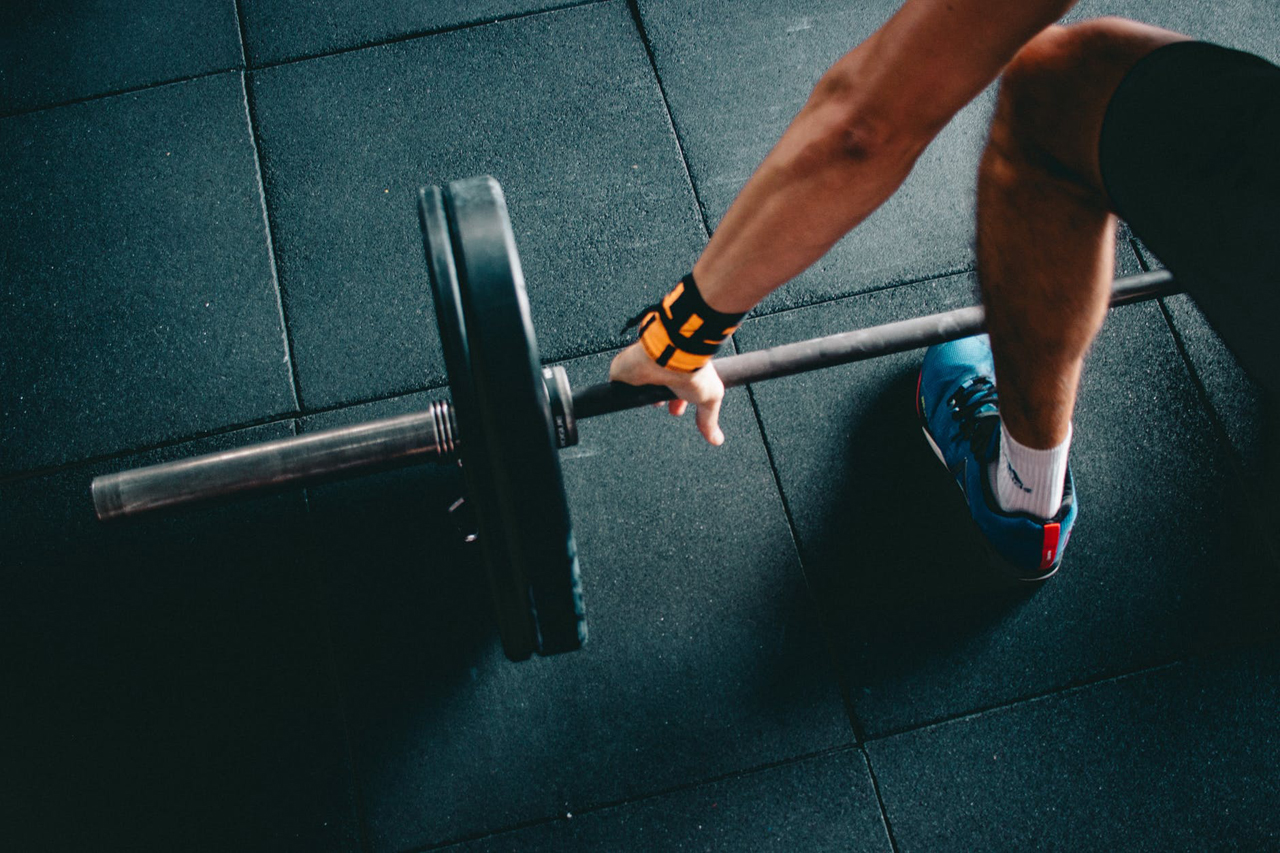
Squat shoes or weightlifting shoes are becoming very popular in the fitness industry. Specifically worn in Olympic lifting or powerlifting, but now are becoming very popular amongst the entire fitness industry. In case you don’t know what weightlifting, shoes are, they are a stiff shoe with a raised heel that is about 2.5 cm in height.
Why these shoes are so popular in Olympic lifting and powerlifting, and now with everyday gym goers is due to the hard soles that are designed to provide stability and allow for greater vertical force production or power output required during heavy lifting (Sato, 2012).
Why weightlifting shoes over normal training shoes?
Well, weightlifting shoes might have their benefits but sometimes people try them out and just don’t like how they feel and resort back to their normal training shoes. But if you’re someone that might not feel as stable as you would like with your normal training shoes, maybe give weightlifting shoes a try. Or maybe you might not have great ankle mobility or might not be able to get as low as you would like in the back squat. If any of these apply too you then you might benefit greatly from a pair of weightlifting shoes.
Weightlifting shoes help with all those points I touched on due to the raised 2.5 cm heel. Now, why does the heel help so much with the back squat? The elevated heel actually puts your foot in a plantar flexed position. Which allows your calve muscles to shorten and your ankle mobility actually increases due to this. This not only allows you to squat lower due to the increased ankle mobility, but it allows you to squat in a more upright position.
Being able to squat in a more upright position is something that every individual can benefit from. Why? When you are able to squat more upright it actually reduces shear stress on the lumbar region (Sato, 2012).
Squatting with the weightlifting shoes would lead to a more upright position of the trunk
It would also lead to less anterior displacement of the barbell and less posterior hip displacement because of less trunk lean (Sato, 2012). This would support the minimizing of overall stress in the lumbar area.
Since weightlifting shoes allow you to have better form during the back squat and allowing you to squat lower, this results in better muscle activation. Due to the angle of your foot from the weightlifting shoes, it actually promotes greater activation in the knee extensor muscles of the leg or in other words the quads (Sato,2012). Also, due to being able to squat lower you will actually have a bigger range of motion in the squat which will cause more muscle hypertrophy, which will over time result in more muscle gain/strength gain.
If you’re someone that struggles with there back squat and are trying to fix it, maybe pick yourself up a pair of weightlifting shoes and it will help you drastically. If you’re someone that struggles with ankle mobility or have back pain when squatting maybe give them a try as well. You never know maybe you have one of these issues or maybe you don’t, and you might just love the feeling of weightlifting shoes and never go back to wearing normal shoes during squats.



